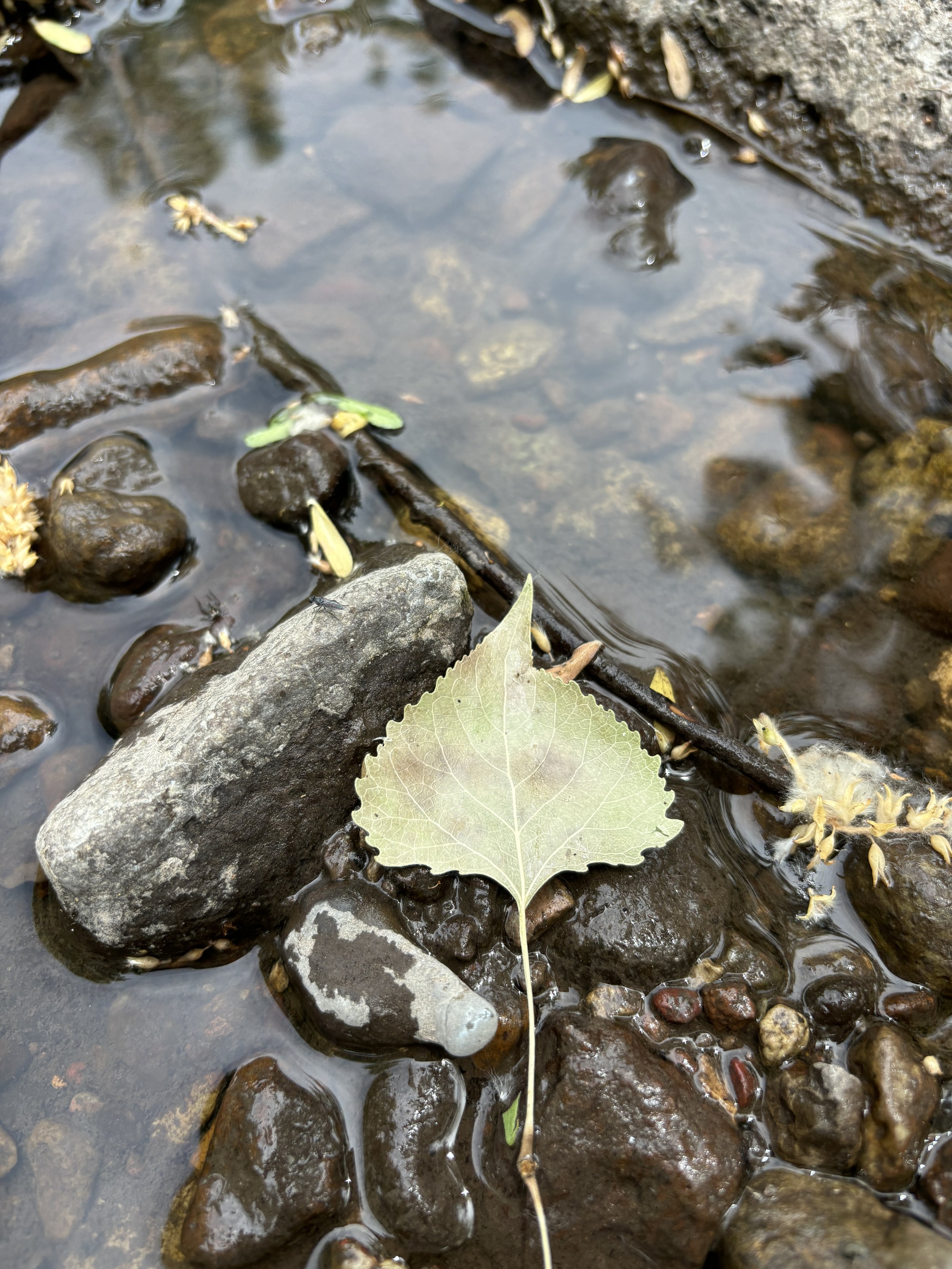
Gila Wilderness Area - Gila National Forest
Considered the birthplace of the conservation movement, Aldo Leopold famously championed protections for the Gila Wilderness Area in western New Mexico. In 1924, the Gila Wilderness became the first designated wilderness area in the world.
Spanning more than a half a million acres within the Gila National Forest, the vast Gila Wilderness is rugged and diverse. The Gila’s ecosystems are influenced by the arid climate and the convergence of the Sonoran and Chihuahuan deserts and rocky mountain and sierra madre mountain ranges.
Forests in the Wilderness vary from bottomland riparian forests in the canyons with willow, sycamore and walnut, to oak woodlands and pinyon-juniper scrub, ponderosa and aspen parklands, mixed conifer forests and high-elevation subalpine spruce forests.
Evidence of its earliest inhabitants dates back to the Paleoindians (9500-6000 BC) followed by Cochise Culture, Mogollon Culture and eventually the Apache. Indian removal, conflict, settler disputes, fire suppression, and exploitation through mining, logging and grazing, and over-hunting/predator loss all continue to shape and influence the Gila landscape.
Old-growth takes many different forms across the variety of forest types in the Gila Wilderness, from scattered old trees, clumps, and patches of old-growth trees within a diverse mosaic, to continuous, large stands of old-growth found at higher elevations in mixed-conifer forests. The amount of old-growth is unknown.













View All Network Forests in the State of New Mexico
View All Network Forests in the U.S.
View All Forest Designations
